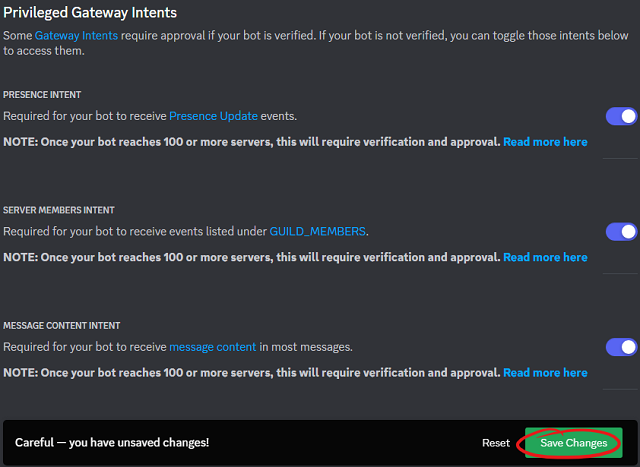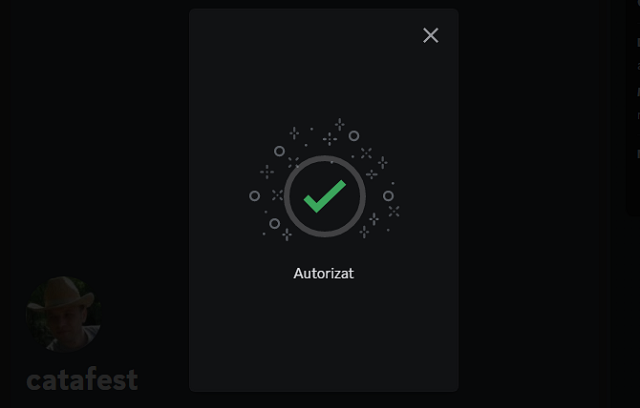The execnet Python package allows you to use lightweight interprocess communication using remote Python interpreters. It provides a simple way to execute code in a remote Python interpreter, allowing for easy distribution of work across multiple machines or processes.
With this package, you can create gateways to remote Python interpreters and then execute Python code in that interpreter.
This package provides a simple interface for creating these gateways and for executing code on them, making it easy to distribute work and run code in parallel.
It can be particularly useful for running tests on multiple versions of Python or for distributing computational tasks across multiple machines.
Let's see the first example:
import execnet
def multiplier(channel, factor):
while not channel.isclosed():
param = channel.receive()
channel.send(param * factor)
gw = execnet.makegateway()
channel = gw.remote_exec(multiplier, factor=10)
print(channel)
for i in range(5):
channel.send(i)
result = channel.receive()
print(result)
assert result == i * 10
gw.exit()This is the result
<Channel id=1 open>
0
10
20
30
40Let's see the next example:
import execnet
gw = execnet.makegateway()
channel = gw.remote_exec("""
def multiply(x, y):
return x * y
result = 0
for i in range(10):
result += multiply(i, 1)
print("This is result for ",i," ",result)
channel.send(result)
""")
result = channel.receive()
print("This is channel receive result : ", result)
assert result == 45This is result:
This is channel receive result : 45










